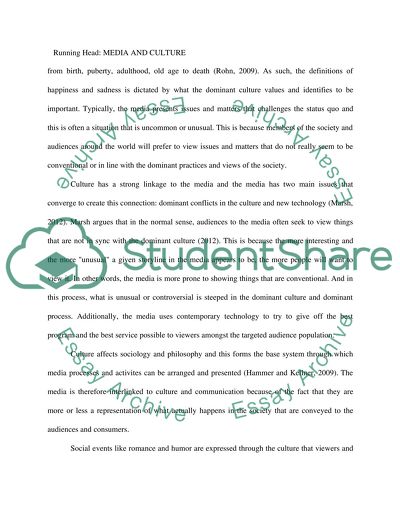Cite this document
(“Compare the differences between China and America on using of media Essay”, n.d.)
Compare the differences between China and America on using of media Essay. Retrieved from https://studentshare.org/journalism-communication/1631929-compare-the-differences-between-china-and-america-on-using-of-media-entertainment-and-media-effect-on-individual
Compare the differences between China and America on using of media Essay. Retrieved from https://studentshare.org/journalism-communication/1631929-compare-the-differences-between-china-and-america-on-using-of-media-entertainment-and-media-effect-on-individual
(Compare the Differences Between China and America on Using of Media Essay)
Compare the Differences Between China and America on Using of Media Essay. https://studentshare.org/journalism-communication/1631929-compare-the-differences-between-china-and-america-on-using-of-media-entertainment-and-media-effect-on-individual.
Compare the Differences Between China and America on Using of Media Essay. https://studentshare.org/journalism-communication/1631929-compare-the-differences-between-china-and-america-on-using-of-media-entertainment-and-media-effect-on-individual.
“Compare the Differences Between China and America on Using of Media Essay”, n.d. https://studentshare.org/journalism-communication/1631929-compare-the-differences-between-china-and-america-on-using-of-media-entertainment-and-media-effect-on-individual.


